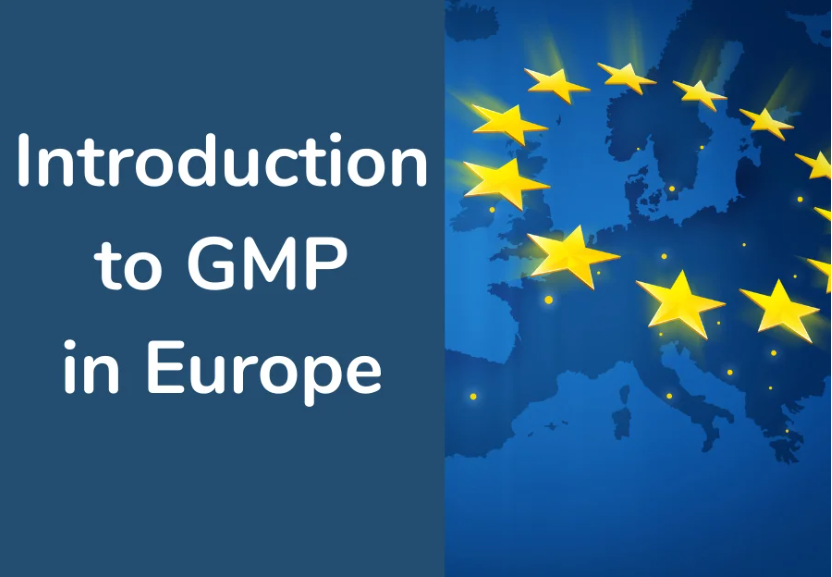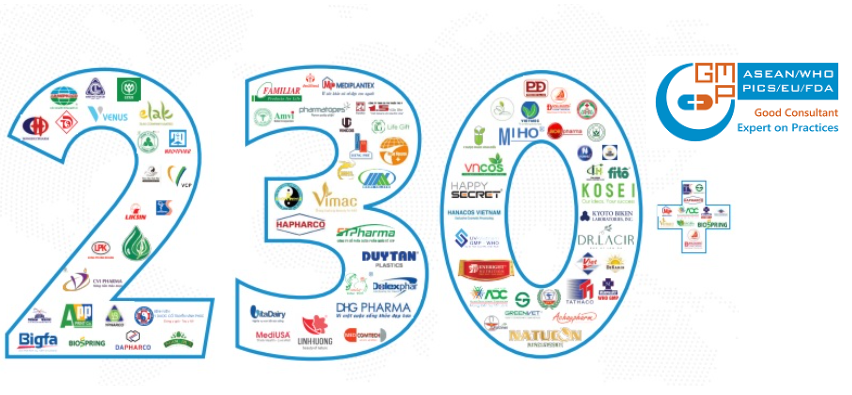
The quality of pharmaceuticals has been a concern of the World Health Organization (WHO) since its inception. The setting of global standards is requested in Article 2 of the WHO Constitution, which cites as one of the Organization’s functions that it should “develop, establish and promote international standards with respect to food, biological, pharmaceutical and similar products.”
The first GMP text published by WHO was developed during 1967-69 upon request by WHO’s Member States and was revised in 1975.
Revised and expanded GMP guidelines were prepared during 1989-90, approved by the WHO Expert
Committee on Specifications for Pharmaceutical Preparations in late 1990 and subsequently published by WHO. At that time, Part One of these revised and expanded guidelines set out the philosophy and essential elements of GMP; Part Two dealt with good practices in production and quality control. These two parts together represented the “core” of the GMP guidelines published by WHO.
The EU and WHO guidelines are based on the same principles but differ in detail.

Personnel
The existence of sufficient qualified personnel is a general requirement according to both guidelines with reference to the establishment and maintenance of an effective quality management system in the drug production.
This guarantees that the given tasks will be executed in time and in the requested quality.
In order to avoid overlaps and empty spaces the respective responsibilities have to be clearly defined and the employee in charge accordingly trained.
The executions of the EU guideline regarding “Personnel” (chapter 2, EU guidelines) can also be found in chapter 9 of the WHO Annex 3.1
The requirements of both guidelines are almost identical. Nevertheless the following minor differences can be detected:
• The WHO guidelines underline the necessity of establishing a Quality Management System (QMS) not only in the field of production but also in the field of control of pharmaceutical products and active ingredients.
• The EU guidelines explain the responsibilities of a so-called “Qualified Person” being the person in charge of the release of the produced batches and referred to in the EU Directive 2001/83/EC of the European Parliament and of the Council of 6th November 2001 on the Community code relating to medicinal products for human use.
• The WHO guidelines describe instead the “authorized person” in general. But, overall, the requirements in both guidelines are identical.
• The WHO guidelines additionally describe the qualification of key personnel responsible for production and quality control.
• Comparable executions can be found in the EU guidelines. These prerequisites can be found in the national drug law, e.g. the German drug law, § 15 “Experience”.
• Both guidelines define the responsibilities of the “Head of Production Department” and the “Head of Quality Control Department”.
• The WHO guideline is generally more detailed and mentions for example beside the “necessity of executions of validations” also the existence of “calibration of control equipment”.
Starting point 2.13, the requirements of the so-called “Personnel Hygiene” are listed in the EU guideline.
Corresponding prerequisits can be found in the chapter 11 “Personal hygiene” of the WHO guideline as well as Annex 3, chapter 3, “Sanitation and hygiene”1 and TRS 823, Annex 1, chapter 18, “WHO good manufacturing practices: starting materials”.3
The topic “Personnel Hygiene” is explained more explicitly in the WHO guideline than in the EU guideline. This higher grade of accuracy gives the people in charge additional implementation assistance. E.g. “All personnel should be trained in the practices of personal hygiene.” or “Used clothes, …, should be stored in separate closed containers until properly laundered…”.

GMPc Vietnam is recognized throughout Vietnam as the leader in providing turnkey consulting solutions for GMP-certified facility projects, including Pharmaceuticals, Cosmetics, Health supplements and Veterinary pharmaceutical. Though 12 years of development 2011 to 2023, GMPc has implemented more than 230 GMP-certified facility projects, equaling to more than 80% of market share of the field in Vietnam. Not only do domestic customers, foreign investors also choose GMPc as their consultant when investing new factories in Vietnam, such as Kyoto Biken Vaccine Factory, Nippon Chemiphar Pharmaceutical Factory, Shimizu Contractor, Kajima Contractor, etc.
Consulting services for EU GMP
Consulting services by GMPc Vietnam
GMP project consulted by GMPc Vietnam


